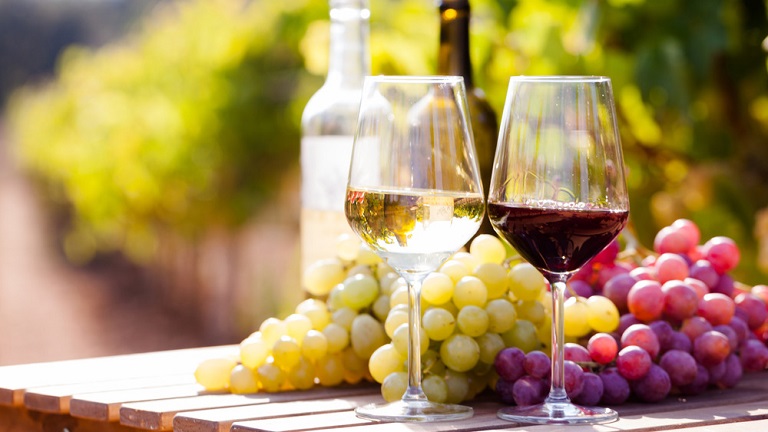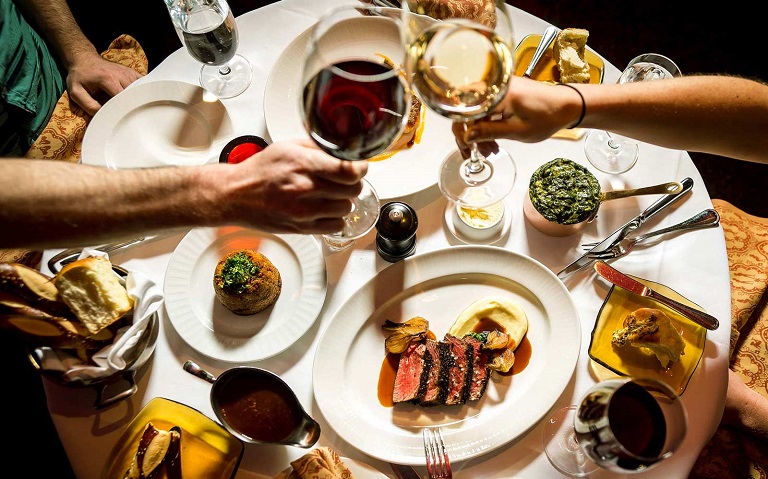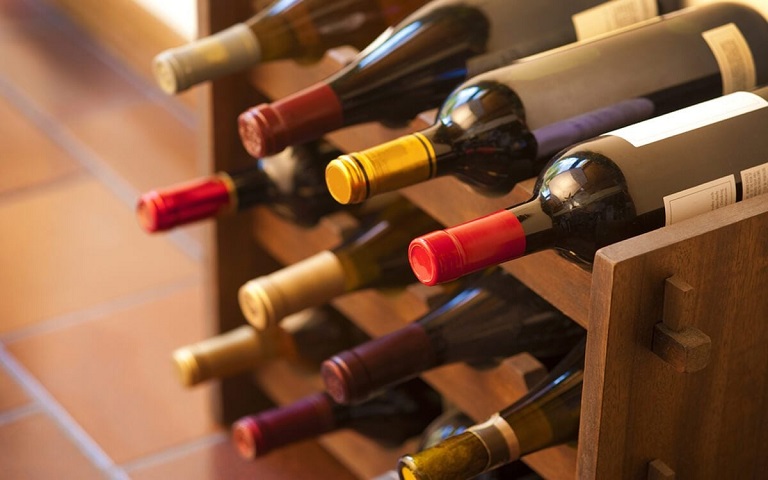Contents
Let’s talk wine. And no, we are not going to turn it into a debate over the supremacy of red or white wine because we love them both equally, right? We will just share some information on the differences between them, their taste profiles, food pairings, and potential health benefits, so next time you are in a wine store you will know what to buy.
Whether you love a crisp white or a full-bodied red, wine offers a range of flavours and aromas that can complement a variety of dishes. It’s a simple pleasure of life or in the words of the famous British wine critic Michael Broadbent, “Drinking good wine with good food in good company is one of life’s most civilized pleasures.” And this is exactly why people look for wine for sale with outstanding quality and excellent reputation.
Different Grapes and Methods

It’s no secret that all wines are made from fermented grape juice, but what makes them different is the process of winemaking. In the case of red wine, the juice is fermented with the grape skins and seeds which are in fact, ‘responsible’ for the colour, while the white is fermented after the grape skins and other sediment are crushed and removed, which results in a transparent white wine. It is common to use red grapes for red wine and white grapes for white wine, however, many whites, including some varieties of Champagne are made in a style called Blanc de Noir – which means white from red grapes.
Red wine has rich, robust flavours and deep colours, as well as more tannins – astringent phenolic compounds, due to the skin being left on during the fermentation process, known as maceration. It is commonly matured in oak barrels that allow oxygen into it to smooth out the acidity and let the wine ‘breathe’. The white is lighter in colour and body, with more pronounced acids and tart, crisp profile. It is usually kept in cast iron or stainless steel vessels. These methods of oxidation cause the wines to lose or retain their floral and fruit notes.
Differences in Taste
The distinction in the winemaking methods results in unique stylistic profiles and different flavours and notes. The taste of wine can vary depending on the variety of grapes and the region it comes from.
Reds generally have fruity notes from the berry family and sometimes a secondary flavour like herbs, spices, tobacco, or pepper. One of the most famous varieties in every wine shop is Cabernet Sauvignon, known for its bold flavours of blackcurrant and blackberry, with firm tannins and a full-bodied nature. Merlot tends to be softer and more approachable, with flavours of red fruits like cherry and plum. Pinot Noir offers a lighter body, delicate aromas of red berries, and a silky texture. Shiraz often displays intense dark fruit flavours, pepper, and spice notes.
The spectrum of white wine goes from citrus fruits to pears and apples, and even tropical fruits. Often described as refreshing and crisp, sometimes with nutty and oily secondary aromas with richer varieties. Chardonnay, for example, can display notes of tropical fruits, vanilla, or toasted nuts, depending on the factors such as oak aging. Sauvignon Blanc is known for its vibrant acidity and herbal, grassy flavours with hints of citrus. Riesling has a range of aromas of peach, apricot, and floral notes, from sweet to dry.
Food Pairings

Intuitive understanding or conventional wisdom passed down from one generation of wine lovers to the next says white wine goes better with lighter foods, and red is a better pairing for heavier, meat-based dishes. This is connected to the food components such as salt, sugar, fat, and acidity that interact with wine profiles. The right food pairings bring out the wine’s subtle flavours and influence its taste, so when you are wine shopping, consider the food you will be serving.
White wine pairs well with foods that have delicate flavours, seafood like shellfish, shrimp, and grilled fish. It also complements white meat such as chicken and turkey, salads, creamy pasta dishes, sushi, and soft cheeses. It’s an excellent choice for appetizers, light lunches, and warm-weather occasions.
Red wine has an undeniable harmony with robust-flavoured dishes. Red meats such as steak, pork chops, lamb, and game, benefit from the tannins and acidity in red wine, which cut through their richness. Aged cheeses, roasted or grilled vegetables, tomato-based sauces, and dark chocolate are excellent food pairings for red wine.
Which Wine is Healthier?
Apart from its culinary appeal, wine has been associated with numerous health benefits, provided it’s consumed in moderation of course. Both wines contain antioxidants like resveratrol, which may help reduce inflammation and protect against heart disease. That said, red wines have much higher levels of these components because they are fermented with the skin and seeds.
Moderate red wine consumption has been linked to positive effects on the cardiovascular system, increased levels of good cholesterol, and a decrease in bad cholesterol. Some studies suggest that it can slow down brain decline, help with diabetes, ease joint pain and lower the risk of some cancers. Moderate alcohol consumption is related to a reduction in heart diseases.
Serving Temperatures and Storing

Oftentimes overlooked, the serving temperature of wine can be critical in unlocking the wine’s true flavours and aromas. Although there are slight variations from one variety to the next, generally red wines should be served below room temperature and white wines are best served cold.
• Red wine should be uncorked and decanted at least 30 to 60 minutes prior to serving to let the wine breathe. The perfect temperature is between 12° C and 18°C.
• White wine is served cold and should be kept chilled while serving, if possible.
• Champagne and Dessert wines are usually served at temperatures between 5 °C and 7 °C.
In case you don’t finish a bottle of wine (no idea why that would happen), and you want to preserve it, because it would be such a waste to get rid of it, use a high-quality, reliable corkscrew or a wine bottle stopper.
Final Word
Since there’s no winner in the debate about red vs. white wine, we can only conclude that both have their unique strengths and tastes. Once you try different varieties, you can decide on your preferences. The options of wine for sale on the market are plenty, you will definitely find your favourite. In any case, responsible consumption is recommended if you don’t want to go over a bad hangover, which by the way, is worse after drinking red wine.

